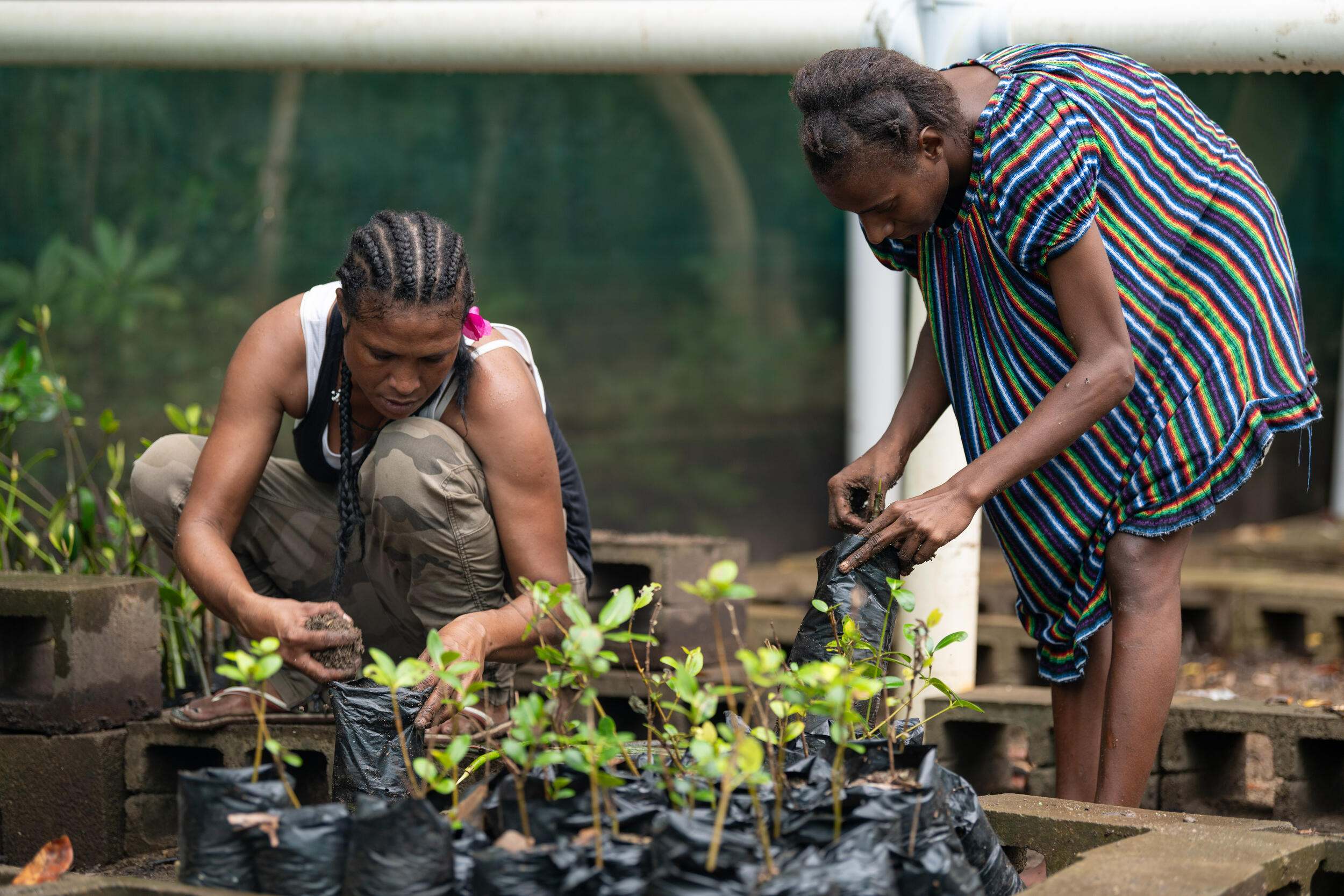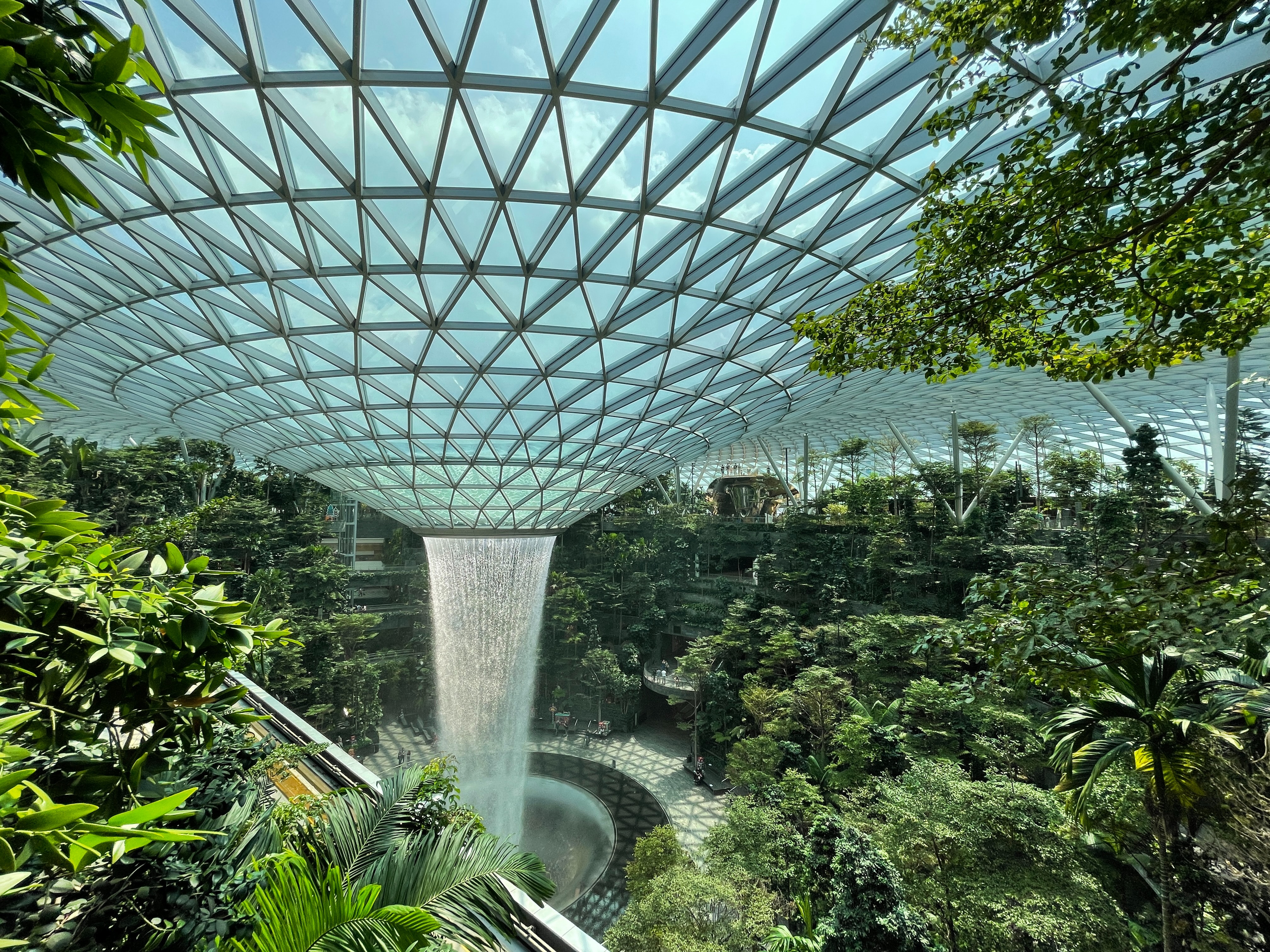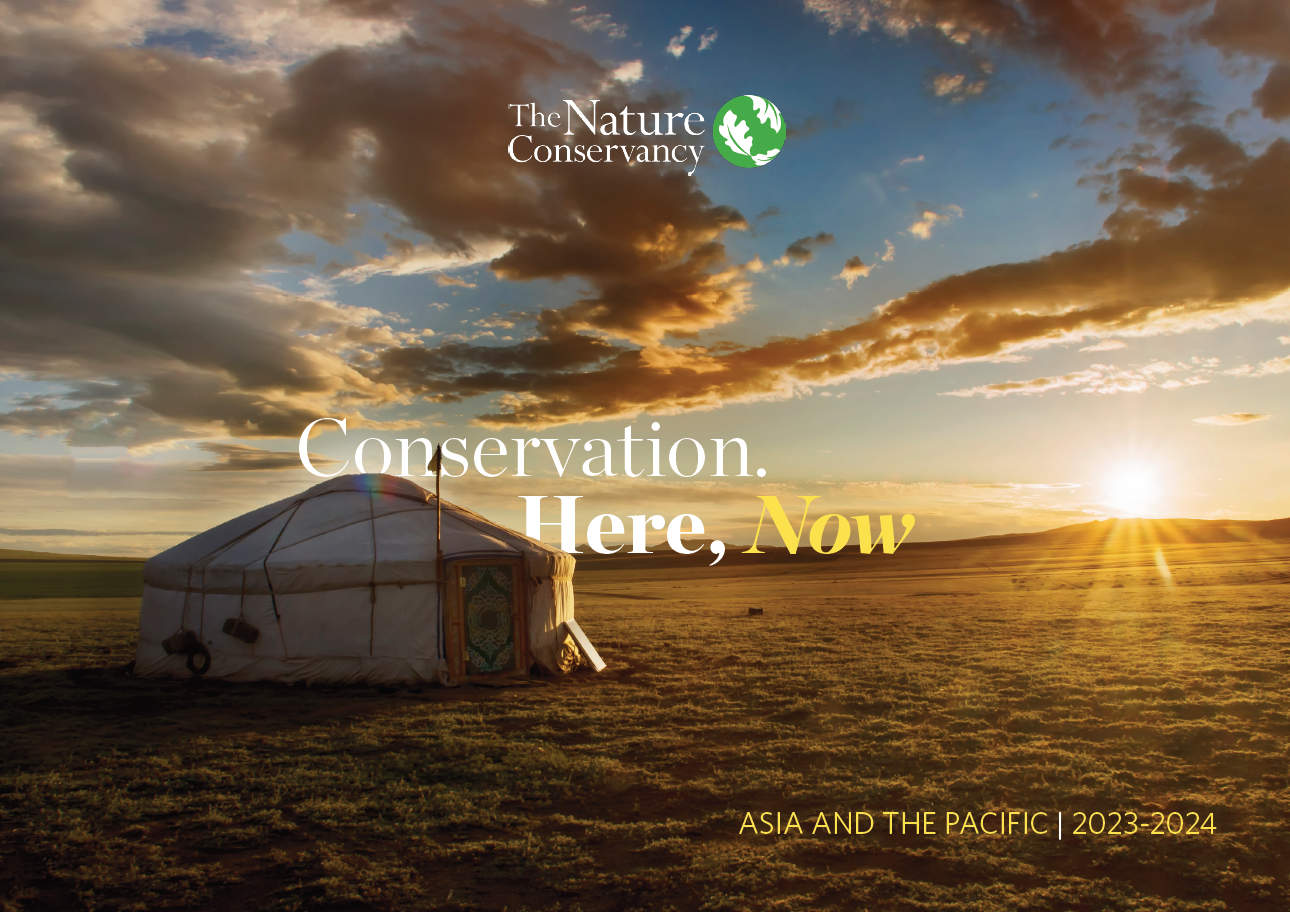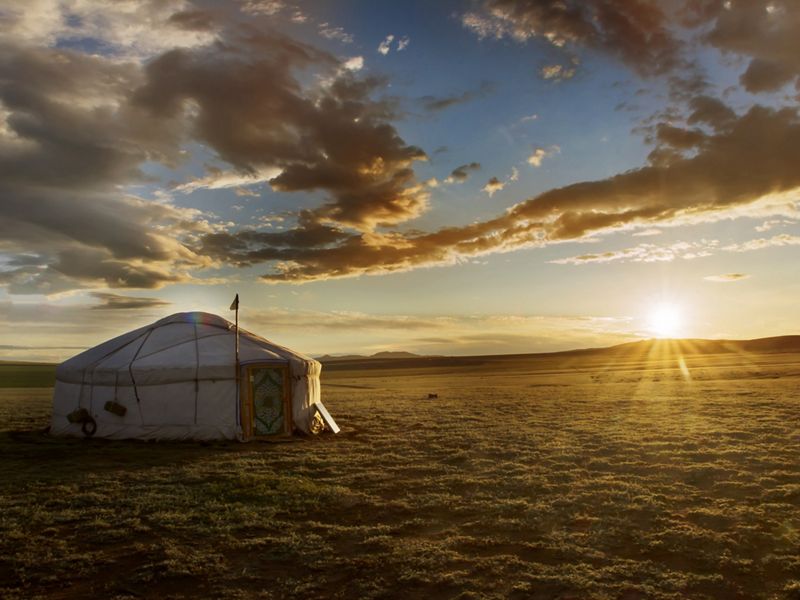
Beautiful sunrise over a ger in the Mongolian grasslands. © Kriangkrai Thitimakorn/Getty Images
Engine of the global economy.
Home to over 3 billion people.
Cradle of traditional ways of life, from nomadic herders of the Mongolian steppe to the Dayak people of Indonesia’s tropical forests. Asia Pacific is a tapestry of diverse cultures and commerce, united by its natural wonders.
But challenges abound: Climate change, deforestation, coastal development and unsustainable fishing imperil healthy landscapes and oceans across the region—and the countless lives of those who depend on them.
Over three decades, The Nature Conservancy (TNC) has driven transformative change to protect nature for the people of Asia Pacific. Working with a range of stakeholders, we have established ourselves as a trusted partner in in addressing some of the region’s most pressing issues.
By 2030, across Asia Pacific we will:
- Support a range of activities that reduce annual carbon emissions by nearly 300 million tonnes.
- Conserve and improve the health of grasslands, forests and other lands covering an area more than four times the size of California.
- Support and advance stronger ocean management strategies over an area larger than Japan.
The road to 2030 begins today. Learn more below.

From the Regional Managing Director
At first glance, Mongolia and Australia may seem worlds apart, differing in language, latitude, culture, terrain—and certainly climate. One faces bitterly cold dzud events in winter and is a snow leopard’s icy realm. The other, my home country, endures sweltering summer heat in many places, and the ever-looming threat of bushfires such as the 2019-2020 disaster that devastated communities and wildlife.
Yet, what unites them? Wide open spaces, for one. And a vision for protecting, restoring and sustainably managing nature, underpinned by Indigenous and local community wisdom. Amid the dual climate change and biodiversity crises that disproportionately affect the Asia Pacific region, both nations are committed to a bold “30x30” goal: protecting 30 percent of their lands, waters and oceans by 2030. With so much at stake, they have the motivation and demonstrated political will to meet this target by decade’s end.
How to do so is an enormous challenge. But I’m proud that The Nature Conservancy is providing the science, policy support and practical solutions necessary for these and other Asia Pacific nations to manifest a nature-positive future. From establishing new protected areas on land and at sea, to mainstreaming shellfish reef restoration, sustainable forestry and agricultural best practices, we are dedicated to conservation that fosters cleaner, safer and more prosperous communities.
As you’ll read here, TNC led efforts in Mongolia to establish a 15-year, US$198 million initiative that will expand protected areas and improve the management of existing reserves covering an area larger than California—all while strengthening sustainable economic opportunities with herding families. In Australia, we brokered agreements to establish new national parks, including a biodiverse area in a remote part of Queensland larger than Yosemite National Park.
I reflected on these and other achievements during our recent 2024 gala in Hong Kong, surrounded by inspiring volunteer leaders—people like Moses Tsang, Fred Hu, George Tahija, Jennifer Yu Cheng and Anla Cheng—who have moved mountains to make this work possible. It’s been over 30 years since TNC began working here, starting in the Pacific Islands and expanding to China, Indonesia and other nations. In 2000, the late Lee Kuan Yew, Singapore’s inaugural prime minister and founding co-chair of TNC’s Asia Pacific Council, praised our operating philosophy as a “non-confrontational approach to conservation [with] a successful history of working closely with governments, businesses and NGOs in win-win partnerships.”
Our work has evolved, but this ethos remains at our core. The accomplishments outlined in this report, and our progress toward TNC’s 2030 Goals, are the result of years of partnership building, innovative strategy and tireless dedication. Whether we are engaging with conservation-minded urbanites in Hong Kong or collaborating with grassroots organizations protecting Papua New Guinea’s mangrove forests, I am humbled to work alongside advocates and champions who not only appreciate nature’s intrinsic value, but also recognize its vital contributions to healthy societies.
Thank you for being part of the journey.
Will McGoldrick
The Nature Conservancy Asia Pacific
How We Achieve Lasting Impact
What does TNC need to do differently to help slow—and eventually reverse—alarming trends such as rising carbon emissions and nature loss? In Asia Pacific, we have built a strong foundation in regional conservation through science, partnerships and innovation. Now, we need to increase the scale of our work and ensure our outcomes last. To dramatically increase the scale and sustainability of TNC’s impact in Asia Pacific by 2030, we are growing our investment in three pivotal areas: People, Policy and Prosperity.
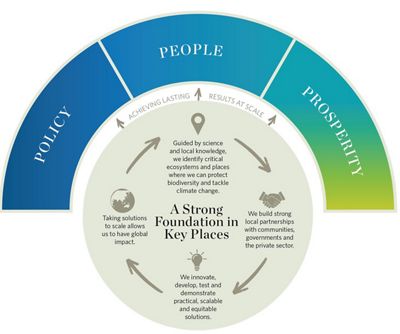
Progress in 2023 - 2024
In 2023-2024, TNC Asia Pacific made steady progress toward our regional goals. Highlights include:
-

Supported projects that abated 4.4 million tonnes CO2E
-
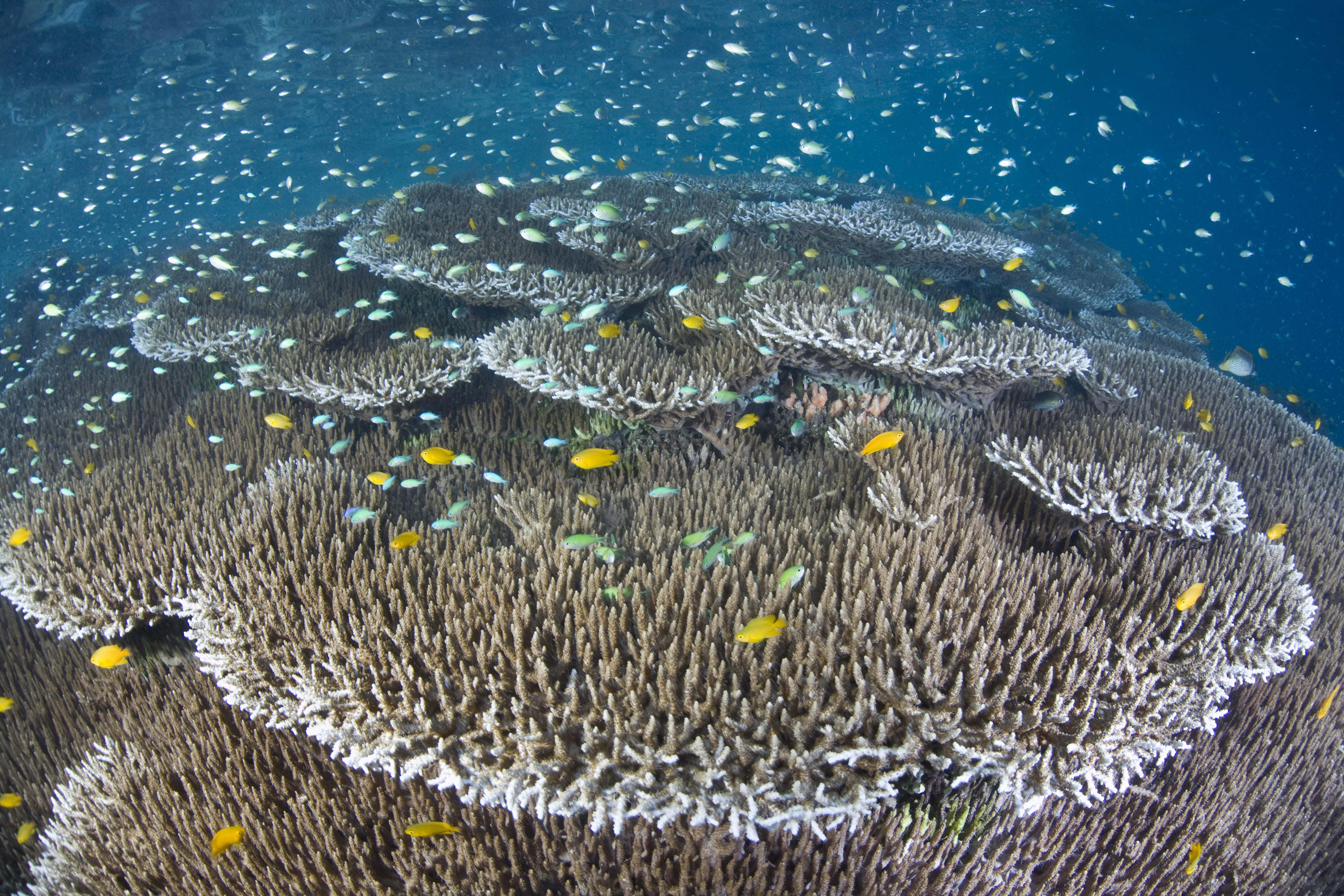
Over 470,000 ha of ocean protected or with improved management
Equivalent to over 120 Hong Kong harbors
-

Over 815,000 ha of land protected or with improved management
More than 11 times the size of Singapore
-
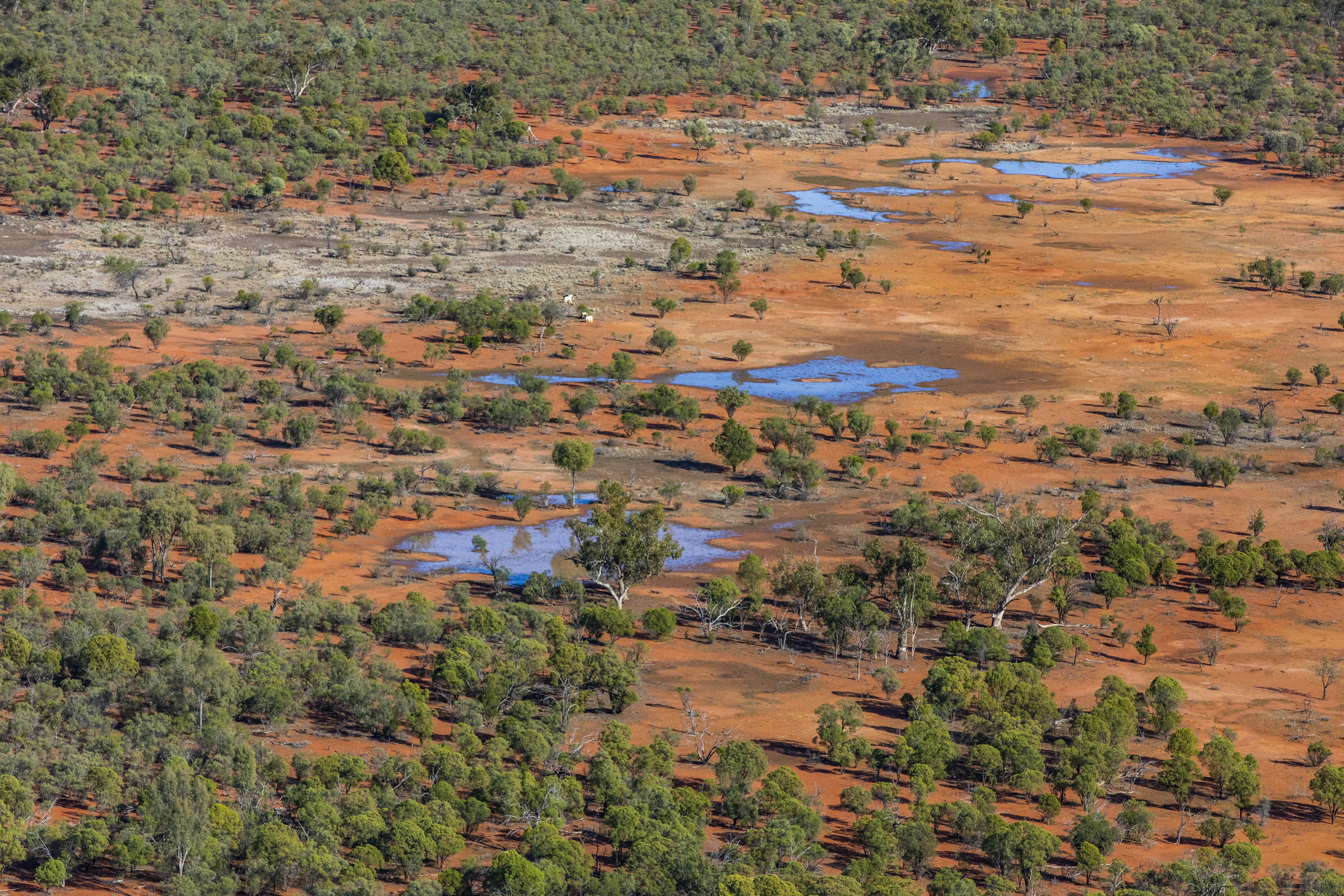
Almost 125,000 ha of lakes & wetlands protected or with improved management
Larger than the country of Palau
Nature's Down Payments
Over the past year, TNC and our partners have laid the groundwork for protecting and restoring nature while supporting local communities. This work may be slow and steady with incremental progress, but we have made significant down payments toward future returns for nature.
For example, in April 2024, we launched Eternal Mongolia, which focuses on community-centered conservation of vast natural areas. Once fully implemented, this initiative will help us to achieve nearly 60 percent of our regional 2030 Goals for land, almost 70 percent for lakes and wetlands and 100 percent of our rivers goal.
Major Achievements
These initiatives represent some of TNC’s highest-impact and scalable efforts. They are the result of years of partnership building, conducting scientific research, supporting policy initiatives and navigating the realities of pursuing bold and innovative conservation strategies.
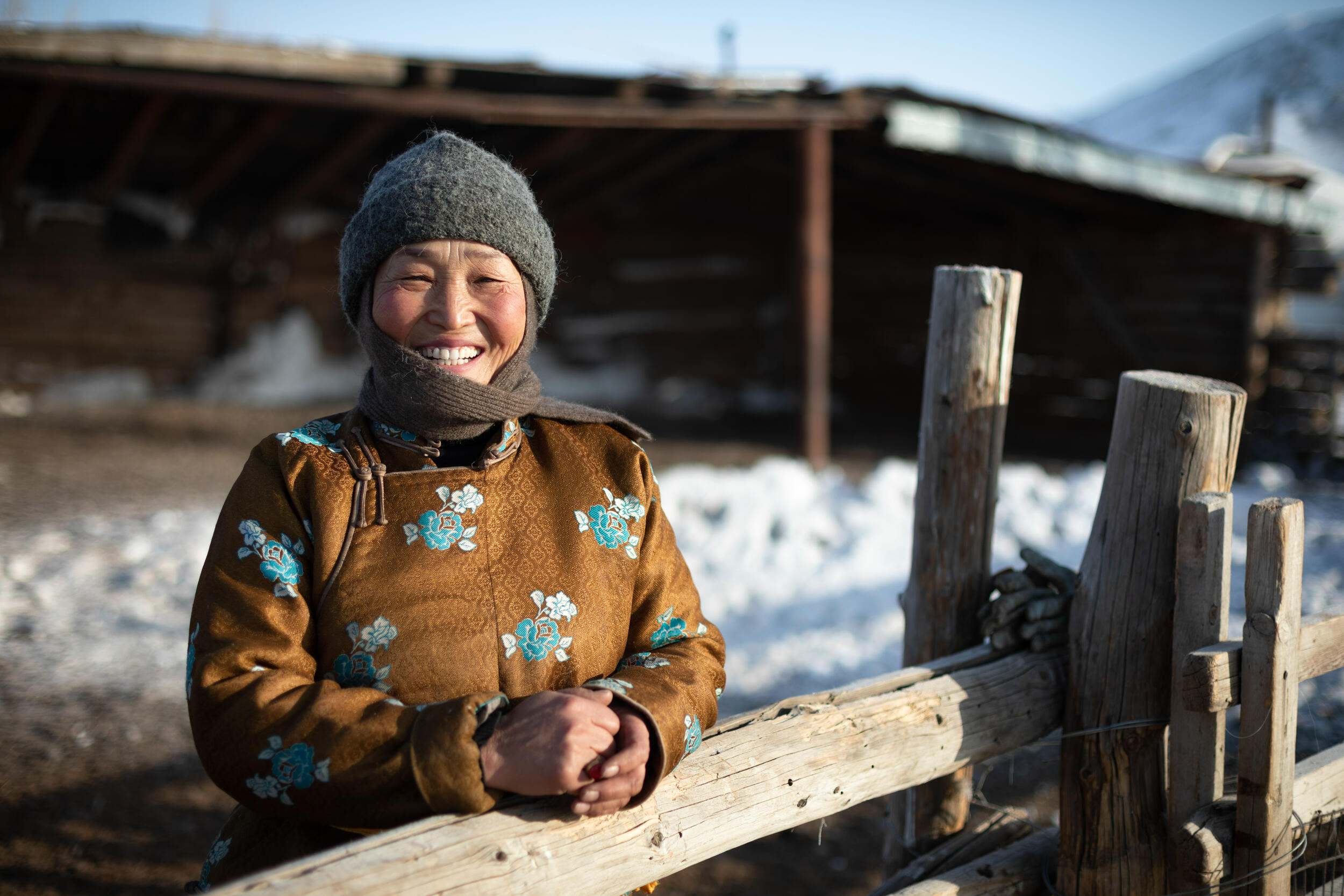
A View to Eternity
Centuries-old land stewardship approaches meet modern sustainable finance solutions
Few places in the world rival the natural grandeur and conservation potential of Mongolia.
More than three times the size of Spain, yet home to just 3.4 million people, Mongolia boasts the largest expanse of temperate grasslands on the planet. Millions of gazelles migrate across these lands, which have long supported one of Earth’s oldest nomadic cultures.
TNC began our work in Mongolia over 15 years ago, providing scientific support and conservation planning as the nation advanced a goal of formally protecting 30 percent of its lands, lakes and rivers by 2030. However, challenges such as new mining operations, expanding livestock herds and climate impacts—including droughts and extreme winter events—pose significant barriers to this vision.
Through a strategic approach known as Project Finance for Permanence, TNC, in collaboration with Enduring Earth, has secured a partnership that will provide $198 million in new investments over 15 years to ensure lasting conservation and sustainable community development in and around protected areas—all in the service of “30x30.”
This initiative, called Eternal Mongolia, focuses on three key objectives: supporting the government in designating new protected areas equivalent to the size of Nepal, which will be off-limits to mining and other activities; aiding local communities in better managing lands at risk of climate impacts and degradation; and advancing new economic ventures that benefit both people and nature.
The significance of Eternal Mongolia to TNC’s 2030 Goals cannot be overstated. This transformative conservation effort could serve as a model for other Asia Pacific nations seeking innovative ways to protect their lands and waters at scale while enriching the lives of communities that depend on healthy ecosystems.
Quote: Urantsetseg
If we lose our nomadic way of life, Mongolian ancestral heritage will be destroyed. Mongolia as a nation will lose its meaning. Although this way of life can be harsh, my father and his ancestors before him passed it down to me. And I hope my children and grandchildren will continue our tradition.
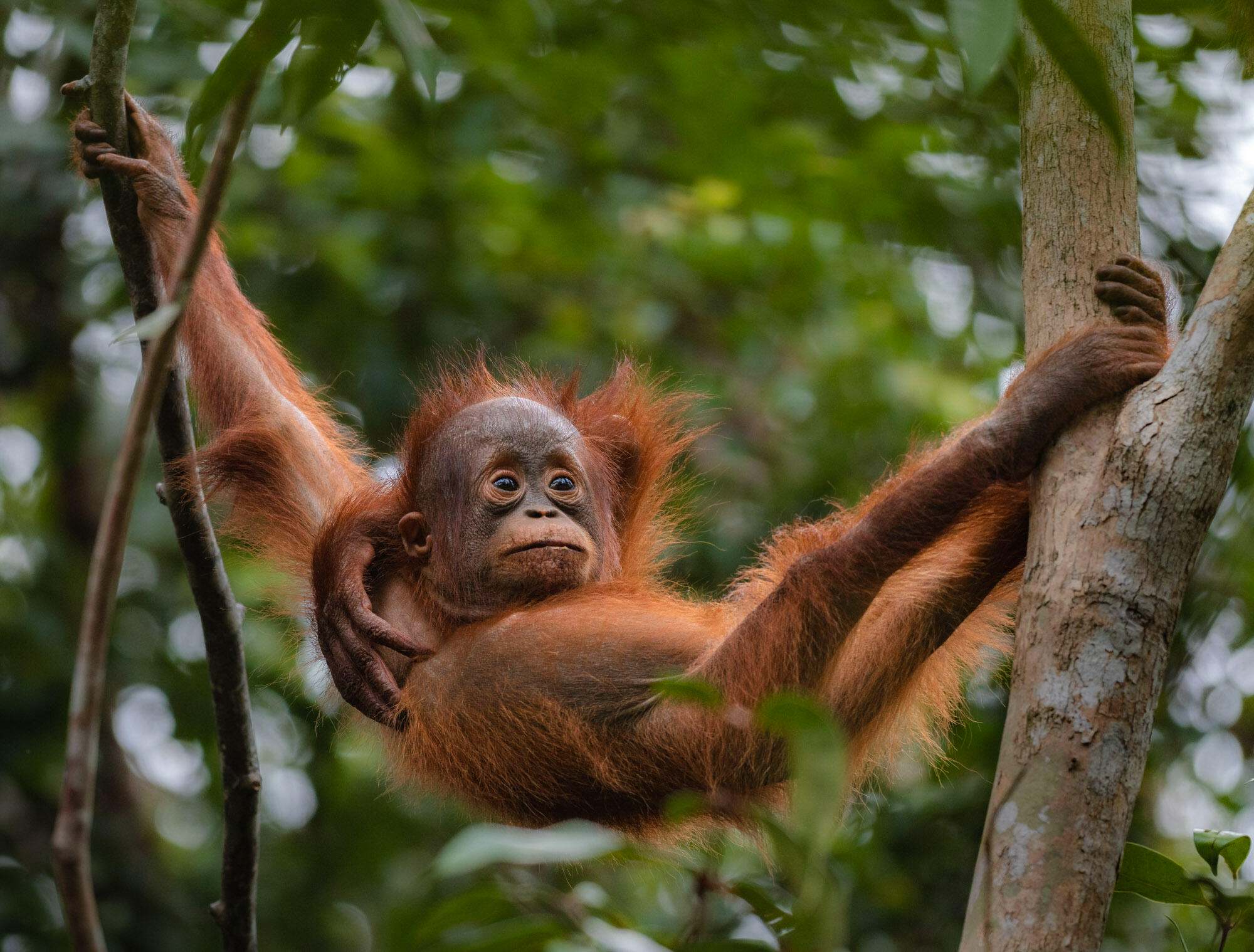
Hope for Borneo's Forests
A new approach created with local partners and communities to protect Indonesian tropical forests
In East Kalimantan, a province in the Indonesian part of Borneo, millions of square kilometers of tropical forests are designated for logging. Yet in many of these areas, timber operations are not taking place. While this might seem beneficial for forests, it often leads to under-management and little oversight, making them vulnerable to illegal logging and land clearing for palm oil agriculture (Indonesia contributes almost 60 percent of the world’s palm oil supply).
The stakes are high. East Kalimantan’s forests serve as a vital wildlife haven, home to orangutans, sun bears, clouded leopards, hornbills and numerous migratory bird species. Indigenous Peoples such as the Dayak and Kutai have long been the forest’s guardians.
In response, TNC and our main Indonesian conservation partner, Yayasan Konservasi Alam Nusantara (YKAN), asked ourselves: What if we could acquire long-term management rights to inactive timber areas, protect forests and wildlife, sequester carbon and support new economic opportunities?
In 2023, we did just that. With government consultation and the approval of five adjacent villages, we secured rights to over 44,400 hectares of productive forest in East Kalimantan at risk of encroachment and clearcutting. This initiative allows us to protect the most pristine, biodiverse old-growth areas while designating parts of the forest for sustainable forestry practices and non-timber products that can provide livelihoods for local communities.
In areas designated for forestry, we are implementing management techniques that selectively extract trees, significantly reducing damage to critical wildlife habitats. This approach helps retain over 90 percent of a forest’s carbon stores compared to traditional logging. Additionally, we’re exploring sustainable production for commodities like honey and rattan harvesting, as well as ecotourism micro-businesses.
YKAN and TNC are now working to acquire additional forest management licenses to expand this approach. It has the potential to serve as a national and global model for effective, sustainable forestry that prevents biodiversity loss, promotes carbon storage and enhances the community value of forests.
By 2030, we aim to protect and improve management of an area of Indonesian tropical forests the size of South Korea while supporting sustainable, profitable and equitable forestry.

Verge of Achievement
TNC and partners help advance Australia's '30x30' ambitions
One of Australia’s newest national parks exemplifies the power of leveraging philanthropic investment and government initiatives to achieve 30x30.
To support Australia’s vision, TNC has collaborated closely with state governments, Indigenous communities and private donors to safeguard large, biodiverse areas at a landscape scale. In April 2024, a $21 million anonymous donation—the largest single donation for land conservation in Australia’s history—facilitated the Queensland government’s acquisition of Vergemont Station, a vast expanse of more than 300,000 hectares—nearly three times the size of Hong Kong.
According to Dr. James Fitzsimons, TNC’s Global Protection Senior Advisor, the new park will create a conservation corridor of about 1.4 million hectares, protecting critical habitats for the endangered night parrot, the highly restricted Opalton grasswren and other species. “Additionally, it safeguards the headwaters of the Lake Eyre Basin, the source of one of the last remaining free-flowing arid river systems in the world,” Fitzsimons notes.
Vergemont follows several recent conservation deals brokered by TNC in Queensland and New South Wales, including one that will return land to First Nations ownership and management.
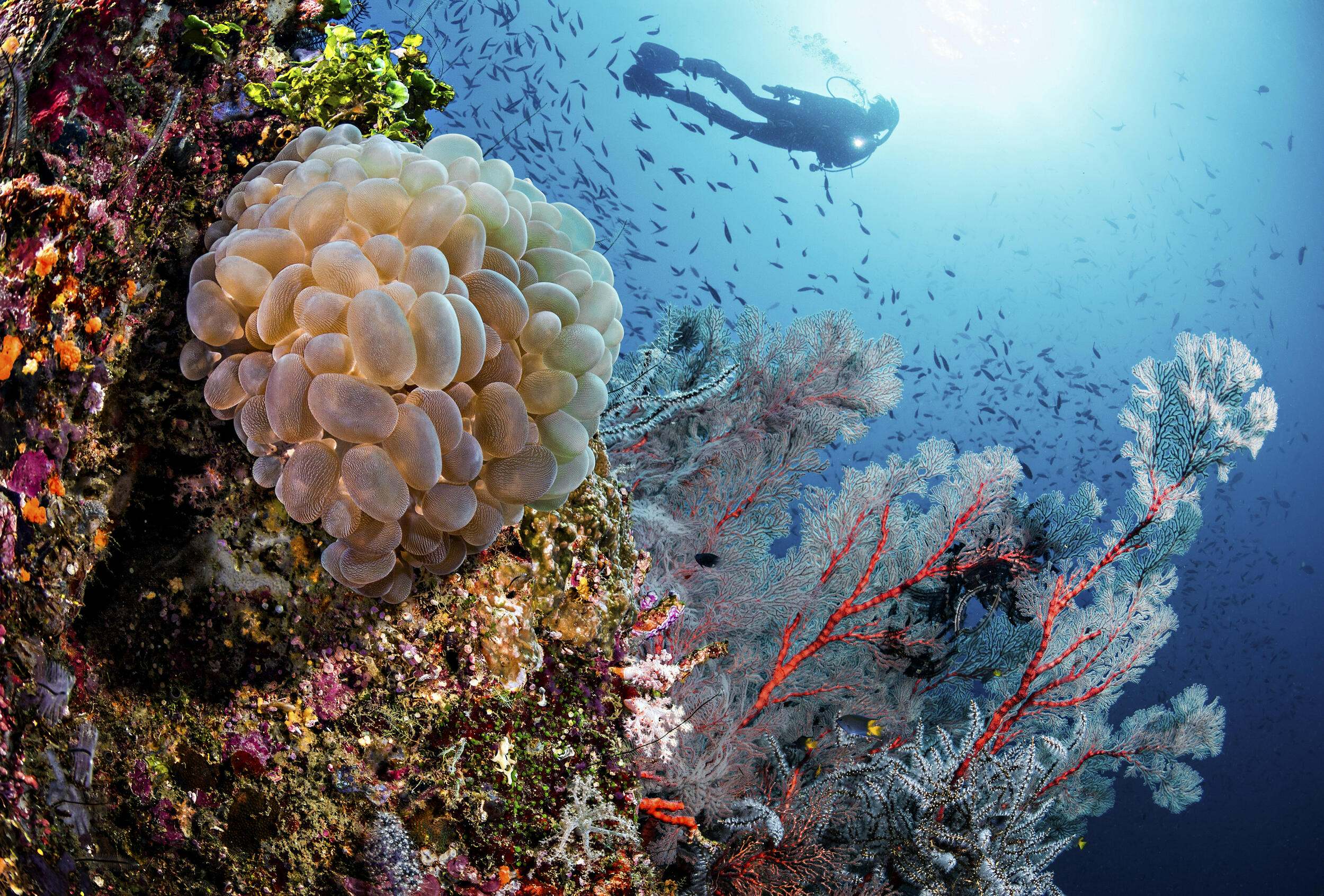
A crown jewel of marine biodiversity
Protecting Bird's Head
In the far eastern reaches of Indonesia, the Bird’s Head Seascape is a stunning expanse of crystalline waters, lush islands and coastal villages, covering an area nearly the size of Great Britain and including the renowned Raja Ampat archipelago.
Home to about three-quarters of the world’s coral species, as well as migrating whales, fleets of giant manta rays and leatherback turtles, Bird’s Head is considered by biologists as a crown jewel of the natural world. For centuries, local communities have sustainably managed these waters, relying on them for food and income. However, encroaching development and illegal fishing practices have severely damaged shallow reefs and vulnerable coastlines.
A new landmark initiative is bringing much-needed hope to the future of the Bird’s Head Seascape. In July 2024, the governments of the United States and Indonesia, along with TNC, our partner YKAN and other stakeholders, signed a $35 million debt-for-nature swap agreement. This initiative will significantly enhance the protection and conservation of coral reef ecosystems in the Bird’s Head Seascape, as well as the Lesser Sunda and Banda Seascapes.
“In the Bird’s Head Seascape, YKAN has been supporting the government by working closely with local communities and other partners to safeguard marine ecosystems,” said Herlina Hartanto, YKAN’s Executive Director. “For example, we have helped coastal communities implement their traditional practices, such as sasi, which regulate marine resource use.”
TNC, YKAN and other stakeholders established the Bird’s Head Seascape Initiative in 2004 as a collaborative effort to protect this precious seascape, while enabling Indigenous communities to preserve their traditions and economic security.
Emerging Work in Asia Pacific
Some of TNC Asia Pacific's most-promising initiatives at various stages of development.
Download
Every day counts up to 2030, and our work will continue tomorrow. We hope you will join us.
Download
Asia Pacific Council
The Nature Conservancy’s Asia Pacific Council consists of an impressive group of business, private and academic leaders from Asia and around the world.
Join Us as We Work to Build a Sustainable Future for Asia Pacific
A gift to TNC Asia Pacific goes far to protect biodiversity, tackle climate change and give hope to communities seeking to live in harmony with nature.


